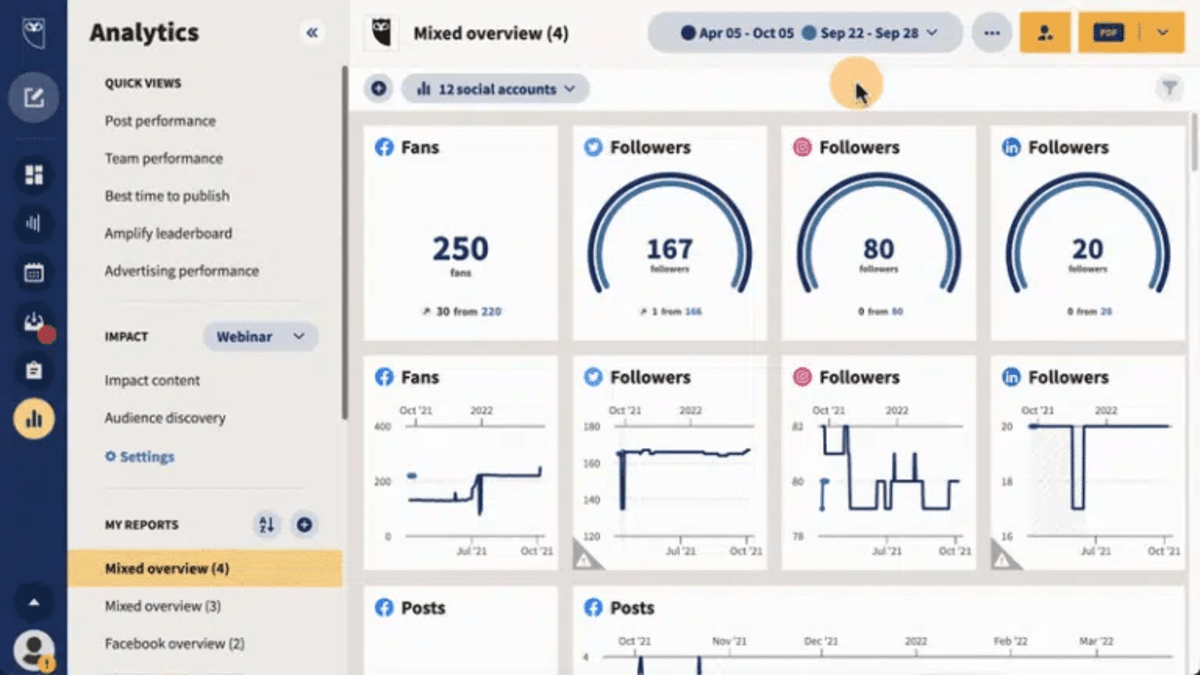Increase Efficiency and Success Via Data Analytics
In today's data-driven landscape, organizations are progressively identifying the pivotal role of data analytics in boosting functional efficiency and productivity. By systematically analyzing information, companies can uncover crucial understandings that educate strategic decisions, enhance processes, and dressmaker customer experiences.
Recognizing Data Analytics
In today's data-driven landscape, understanding data analytics is vital for organizations intending to boost operational effectiveness and drive profitability. Data analytics entails the organized computational evaluation of data collections to reveal patterns, relationships, and understandings that educate decision-making. By employing various strategies, such as statistical analysis, maker learning, and predictive modeling, companies can change raw data into actionable intelligence.
The procedure commonly starts with data collection, where appropriate information is collected from numerous resources, consisting of transactional databases, customer communications, and market fads. This information is then cleansed and organized to make certain accuracy and consistency. Once the information is prepared, analytical tools and software program are utilized to check out and imagine the information, making it possible for stakeholders to identify trends and anomalies.
Ultimately, understanding data analytics empowers organizations to make educated decisions based on empirical evidence instead than instinct. It assists in targeted approaches that can enhance source allocation, boost consumer contentment, and improve total performance. As companies increasingly recognize the worth of data-driven understandings, a strong grip of information analytics ends up being a critical expertise for leaders and teams alike, placing them for sustained success in a competitive environment.

Trick Benefits for Businesses
Companies that leverage information analytics can open a plethora of benefits that substantially boost their operations and earnings. Among the key benefits is improved decision-making. Information analytics provides actionable understandings originated from real-time information, enabling companies to make educated choices that straighten with market needs and customer choices.

Additionally, data analytics fosters improved consumer experiences. By comprehending customer habits and choices, services can tailor their offerings, resulting in increased complete satisfaction and commitment. This tailored strategy commonly causes greater conversion prices and repeat business.
Additionally, information analytics allows businesses to determine arising opportunities and trends. By remaining in advance of the contour, companies can take advantage of new markets and innovations prior to their competitors.
Applying Data-Driven Techniques
Effective execution of data-driven strategies requires an extensive understanding of both readily available data and business objectives resources. Organizations has to first specify their purposes plainly, guaranteeing placement between information campaigns and strategic goals. This clearness allows teams to focus on pertinent metrics and understandings that drive decision-making.
Next, companies must evaluate their existing information facilities. This involves reviewing information top quality, accessibility, and combination capabilities. Top notch information is crucial for exact evaluation, as inadequate data can bring about misdirected techniques and squandered resources. Organizations has to establish processes for data collection, cleansing, and management to keep data honesty.
In addition, promoting a data-driven culture is crucial. Staff members whatsoever degrees should be urged to utilize data in their everyday procedures. Educating programs and workshops can enhance information literacy, empowering team to make enlightened choices based on analytical insights.
Tools and Technologies Review
A robust suite of innovations and tools is crucial for organizations intending to harness the full possibility imp source of data analytics. These tools help with the collection, handling, and visualization of information, allowing businesses to derive workable insights.
At the foundational degree, data monitoring platforms such as SQL databases and NoSQL systems provide efficient information storage space and retrieval abilities. For data processing and evaluation, programs languages like Python and R, in addition to frameworks such as Apache Glow, make it possible for intricate estimations and equipment understanding applications.
Visualization tools, including Tableau and Power BI, change raw information into instinctive graphical formats, making insights obtainable to stakeholders in all levels. In addition, cloud-based platforms like Google Cloud and AWS offer scalable storage and handling services, suiting the growing quantities of information organizations encounter.
For advanced analytics, anticipating modeling and AI-driven remedies are progressively adopted, allowing firms to anticipate trends and improve decision-making processes. Integrating these devices into existing operations is paramount; companies that efficiently take advantage of this innovation can find out here significantly boost operational performance and drive earnings. Hence, spending in the right devices and technologies is a calculated critical for any data-driven company.
Study of Success
Leveraging information analytics has actually led numerous organizations to attain exceptional improvements in efficiency and success. One notable situation is a large retail chain that applied predictive analytics to enhance inventory management. By evaluating historical sales data and customer patterns, the firm reduced excess stock by 30%, causing substantial expense savings and boosted capital.
One more example can be discovered in the production field, where a leading vehicle supplier used data analytics to enhance its production processes. By monitoring machine performance in real-time, the company determined inadequacies and traffic jams, causing a 20% increase in general tools efficiency (OEE) This not only enhanced production rates but additionally decreased downtime and maintenance expenses.

These study show exactly how information analytics can drive critical decision-making, maximize procedures, and eventually enhance both efficiency and productivity across various fields.
Final Thought
In conclusion, the combination of data analytics right into service procedures offers considerable chances for boosting efficiency and productivity. By systematically assessing data, organizations can recognize inefficiencies, optimize client experiences, and make educated choices.
In today's data-driven landscape, recognizing information analytics is vital for companies intending to enhance functional performance and drive productivity. Information analytics includes the organized computational analysis of try this website information sets to uncover patterns, relationships, and insights that educate decision-making. Data analytics supplies workable insights acquired from real-time information, permitting services to make informed selections that straighten with market needs and customer choices.
High-quality data is important for accurate evaluation, as inadequate data can lead to misguided strategies and lost sources. Organizations should develop processes for information collection, cleansing, and management to keep data integrity.
 Kel Mitchell Then & Now!
Kel Mitchell Then & Now! Scott Baio Then & Now!
Scott Baio Then & Now! Jason J. Richter Then & Now!
Jason J. Richter Then & Now! Jenna Von Oy Then & Now!
Jenna Von Oy Then & Now! Barry Watson Then & Now!
Barry Watson Then & Now!